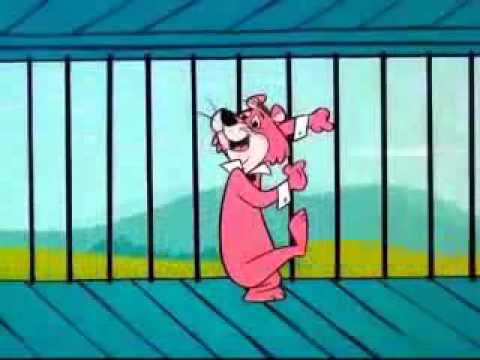feral fluffies and domestic fluffy are the same change my mind.
(Breathes)
It depends on…
(Drumroll, Virgil enters the stage, public applaud and chant along)
your headcanon!
Oculusfluffy: hey that’s my line!
</thread>
Just from what I know about sociology and ecology, I am going to say only if your head cannon says so.
their are no feral fluffies any more than their are feral tickle me elmo’s
Ha nice one
Ignoring headcanons. The only difference I could possibly think of would probably be that feral fluffies are more likely to be violent towards others.
Ecologically speaking, ferals would have a less relabeled food source, so there would be more predisposition to have bestest baby, because they do not have the food to make the milk to feed all there children.
Then there is fitness, feral fluffies are going to be leaner due to more exorcise then the average domestic fluffie, sure there will be exceptions but not many.
Second there is going to be a sociological difference, domestic fluffies are influenced by humans, feral fluffies are influenced by other fluffies.
Agreed. These are toys. That’s like saying your tamogachi went “feral” because you left it outside
Fitness for fluffies isn’t going to happen because their sexual selective mechanisms are stacked against them (Assuming Hellgremlin). They actively try to kill or run from useful mutations (Alicorns) and colors that camoflauge as well as favoring bright easily detectable colors as their sole sexual selector. If they aren’t Hellgremlin and love their foals equally enough to let natural selection take it’s course they might evolve rather fast due to the breeding like flies and random mutations.
First gen ferals are domestic.
Each generation that gets tagged by natural selection drifts further.
In which place being an alicorn is a useful mutation? Higher adoption possibility?
Usually being depicted as not as dumb and fragile
There are a couple of areas that an being an alicorn is a useful mutation.
-
There is a higher likelihood that they will be adopted, and a less likely chance they will be abused. This is not due to any genetic benefit, but more so of their general scarcity and high desirability. This grants them access to a higher purchase category and likely screens potentially bad consumers.
-
In the general headcannon for Alicorns, they tend to be a little bigger and a little smarter than your average fluffy. These are objectively better traits, provided said fluffy can make it to adulthood. They’re more likely to have coherent thought, and less likely to take unnecessary risk. They also are less likely to engage in smarty behavior.
-
They seem less likely to develop derp syndrome. Perhaps this is because most derp syndrome ponies are either (in old cannon) recent moms who somehow undergo it, or poopie babbehs that are severely malnourished. While its impossible to know if an Alicorn is perhaps immune to derp syndrome, it is a possibility they may have a genetic protection from it.
In those regards, the alicorn mutation has some significant benefit.
Well consider a domestic and a feral cat or dog. Yes, for all intents and purposes they are the same creature. However there is important notes of distinctions that make them separate enough to have their own categories.
-
Ferals are more likely to be in poor health. This is not to say that fluffies are the picture of genetic superiority, but due to their distance from humans affects them greatly. Keep in mind these Bio toys were designed to be cared for by humans, not to be able to survive on their own. A Domestic fluffy is going to have a better diet, better access to life saving health care, higher quality food, and less predators; so they will probably live much longer than their feral counter parts.
-
A Feral is going to have a much more ridged social hierarchy, than a domestic who just has a mommy or daddy. We see Ferals operate in herds lead usually by a Smarty, his Toughie retainers, several beta scavengers, the smarties special friend, the general population mares, and then the social outcasts. The herd needs to have this hierarchy to manage their incredibly scarce resources, that a domestic fluffy will never fully know. This is not to say a recent runaway domestic can’t learn from a feral herd, but your general pet fluffy won’t ever need too.
-
Adult ferals often times have difficulty adjusting to domestic life. Many fluffy comics depict this through their destructive behavior, that a hand raised or store bought fluffy will not have. The interesting part is it seems to even affect their foals. Generally, it seems that (in most cases) if a feral fluffy is taken young enough before any serious social development occurs (or if their designated outcasts), they have a higher chance of adaptation to domestic life.
Essentially, yes you are correct its the same bio toy regardless of their birth origin. However, the grater argument is that ferals and domestics are a subset species (much like a huskey is to a basset hound).
That is a good point.
It doesn’t help them to survive in wild. It only gives them a higher chance of becoming domestic, which removes them from a feral gen pool
Both of those are a lazy way for writers to say that alicorns don’t deserve anything bad because they are somehow better than other fluffs. I have no idea how having a pair of wings and a horns at the same time makes you better (aside from the price on the market)
